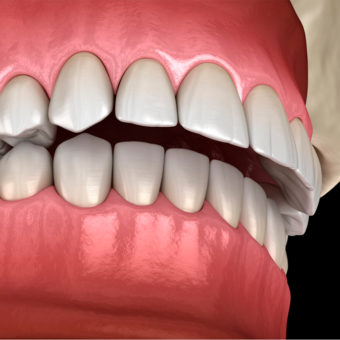There are many dental issues, which can affect the positions of the teeth and jaws that require orthodontic treatment to resolve. A malocclusion may be due to crowding, spacing, problems with jaw development, or the failure of certain teeth to erupt into their proper positions. Harmful oral habits such as finger sucking or tongue thrusting can also cause bite problems as well as the drifting of teeth into the unrestored spaces left by dental extractions or tooth loss. Sometimes, teeth develop in the jawbone facing in directions that prevent them from erupting at all. These teeth are referred to as impacted.
Both genetic and environmental factors contribute to the development of a malocclusion. Injuries that cause a misalignment of the jaws and diseases such as oral tumors can also play a role in changing the occlusion.
In children, most problems involving the alignment of the teeth and the growth of the jaws can be detected by the time they are in the first or second grade. That is why the American Association of Orthodontists recommends that all children have a check up with an orthodontic specialist no later than age 7. For children, most orthodontic treatment begins between the ages of 9 and 14. However, earlier and interceptive care is sometimes required at a younger age. Likewise, in cases of significant problems involving jaw relationships, orthodontic care may involve treatment throughout growth and development.to improve the skeletal jaw relationships.

